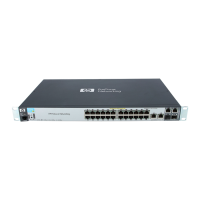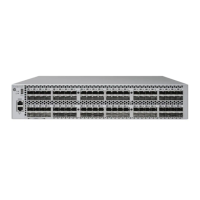About This Manual
HP NonStop TMF Management Programming Manual—540140-008
xii
Who Should Read This Manual
Who Should Read This Manual
You should read this manual if you are an experienced application programmer in one
of the following categories:
A Transaction Application Language (TAL), C, C++, or COBOL85 programmer
writing applications that need to control or monitor TMF
A TACL user writing macros or routines that control or monitor TMF
To use this manual effectively, you should be familiar with the following subjects:
Basic NonStop system architecture
Programming for the HP NonStop OS
Programming using TAL, TACL, C, C++, or COBOL85
Reading declarations written in the Data Definition Language (DDL), as described
in the “Summary of DDL for SPI” appendix in the SPI Programming Manual.
The Distributed Systems Management (DSM) facilities
The tasks necessary for managing TMF
How This Manual is Organized
In this manual, Sections 1 through 3 give background information and programming
considerations, including the following:
The architecture of TMF and how a management application fits into it (Section 1)
The types of objects managed by TMF and the operations necessary to manage
these objects (Section 1)
The kinds of events reported by TMF (Section 1)
How to set up communications with TMF, including how to start the TMFSERVE
process (Section 2)
Programming considerations for management applications that manage TMF
(Section 3)
Sections 4 through 7 provide reference information, as follows:
Subsystem-specific information about tokens, token values, and related definitions
defined by other sources (such as SPI and EMS) and used by the DSM interfaces
to TMF (Section 4)
Descriptions of tokens, token values, and related definitions defined by TMF
(Section 4
)
Detailed descriptions of all programmatic commands that can be directed to TMF
and their corresponding responses from TMF (Section 5
)
